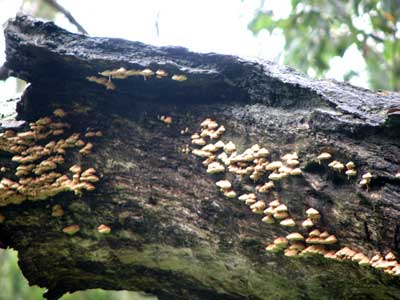The cleared slope was a fairly uniformly well-grazed green. Except for a spot of orange today.
I walked over to see what it was and found a small cluster of coral fungi blooming fleshily all by itself in the middle of nowhere.
A species of Ramaria, it would seem, or else paprika cauliflower cheese made from a rather spindly cauli.
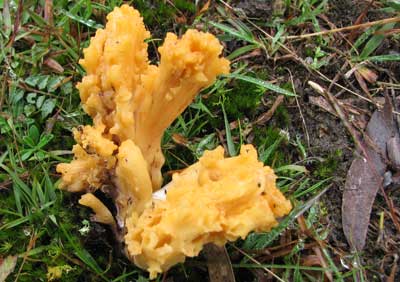
Back home another incongruous splash of orange drew me to the orchard, to the sawn-off base of a self-sown avocado tree who’d had 10 years to prove it could fruit, and didn’t, meanwhile shading my vegie patch.

It was ringed with tough orange frilly fans, while others were elegantly striped, in less garish cream and grey and brown. I think it’s Trametes versicolor.
On top of the stump was a cluster of funny little greenish-grey nubs, like lost teeth. What they are I cannot imagine!
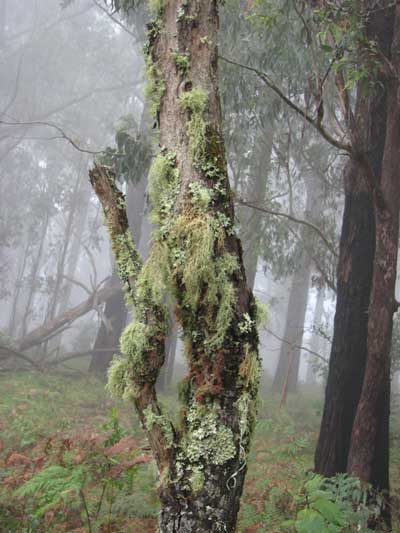

 I never cease to be amazed by the apparently infinite variety of fungi here. I keep discovering ones that I’ve never seen before, like this colony of banded and frilly bonnets in Indian red and brown.
I never cease to be amazed by the apparently infinite variety of fungi here. I keep discovering ones that I’ve never seen before, like this colony of banded and frilly bonnets in Indian red and brown.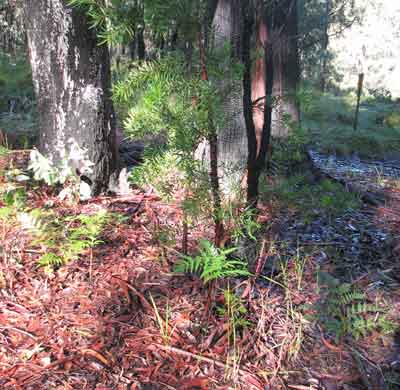
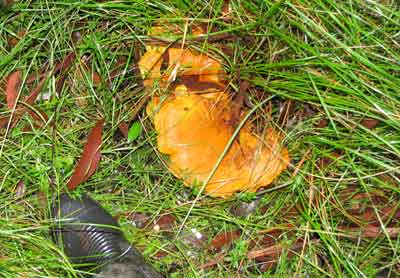
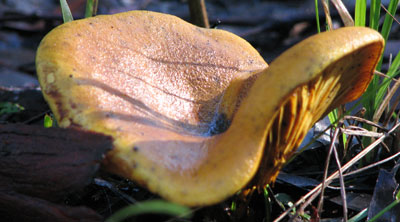
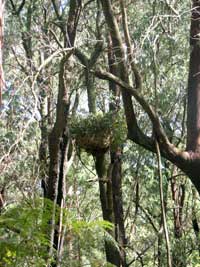 As you might expect, given that I live in forest country, I love trees.
As you might expect, given that I live in forest country, I love trees.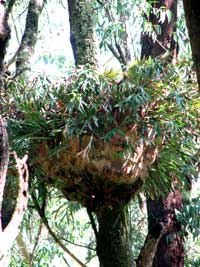
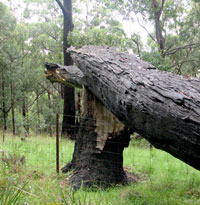 Even when a tree is totally destroyed, its trunk broken off and laid low, taken from skydweller to ground hugger, it takes on new life as host. Like this mighty ancient, which blocked the track for some time until a big enough chainsaw came along.
Even when a tree is totally destroyed, its trunk broken off and laid low, taken from skydweller to ground hugger, it takes on new life as host. Like this mighty ancient, which blocked the track for some time until a big enough chainsaw came along.